It’s time for some cranberry, pumpkin, apples, and everything spiced! Sweater season is here which means we’re hungrier than ever. Want to know what food to cook this Fall? Keep on reading!
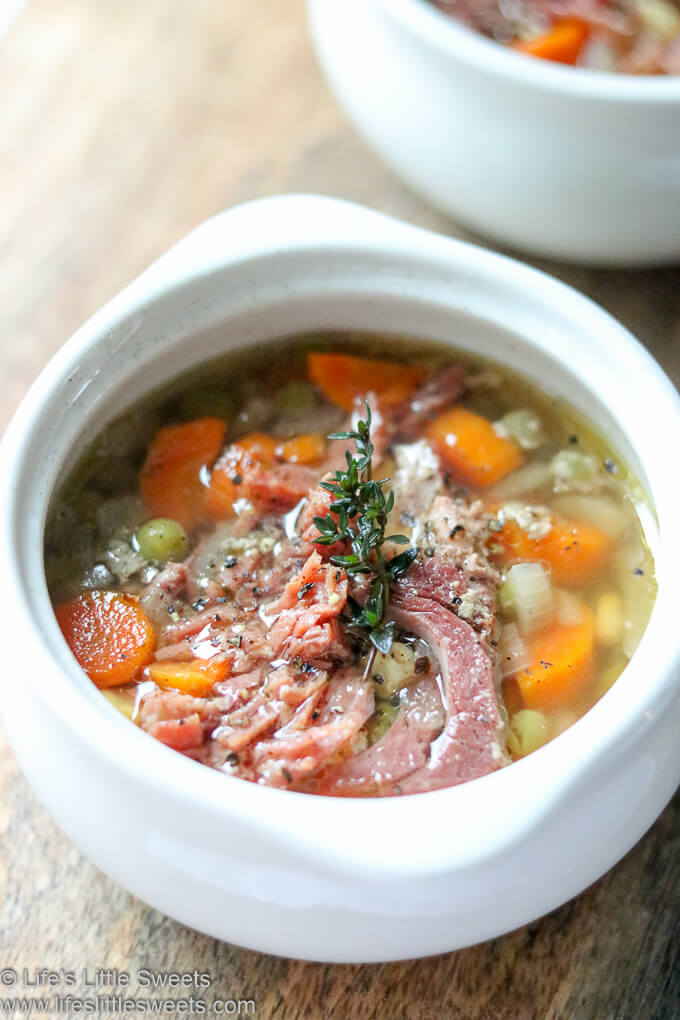
Omnivore loving vegan, gluten-free & beverage recipes

Fall Food Lists Recipes By Season
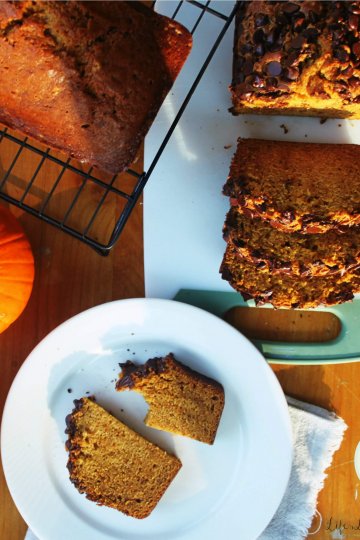
Any Season April August breads brunch recipes December Desserts Entertaining Fall February Food January July June March May November October Recipes Recipes by Diet Lifestyle Recipes By Month Recipes By Season September Spring Summer Sweet Vegetarian Recipes Winter
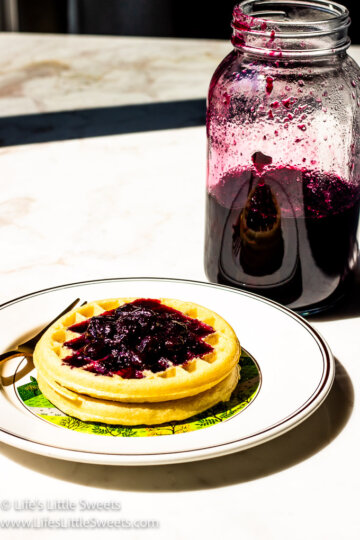
Any Season April August December Events Fall February Food January July June March May Northeast November October Recipes by Diet Lifestyle Recipes By Month Recipes By Season September Spring Summer Summer Solstice Sweet toppings USA Region Vegetarian Recipes Winter

Desserts Food July June Popular Recipes Recipes Recipes by Diet Lifestyle Recipes By Month Recipes By Season Summer Sweet Vegetarian Recipes
Life’s Little Sweets celebrates seasonal cooking and local food pathways. Find inspiration from farms, CSAs, and home gardens with recipes that highlight fresh ingredients, community, and the joy of cooking through the seasons. Continue Reading

It’s time for some cranberry, pumpkin, apples, and everything spiced! Sweater season is here which means we’re hungrier than ever. Want to know what food to cook this Fall? Keep on reading!
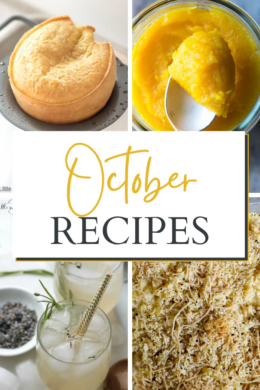
October means fall is upon us. This might be the season that you’re craving for some warm pies, pumpkin bread, and cold drinks — like wine for example. Or simply just some coffee or tea for those who don’t want to go in the alcoholic route.

Are you looking for some refreshing drink to beat out the hot summer heat or do you just want to try a few new dishes on the grill for July?

Here are 10 4th of July Recipes! We got you covered from savory family style main dishes, sides to sweet dessert options. *This post was originally published on 7/2/2018 and updated 6/23/2019 Hello Everyone! Independence Day, better known as 4th of July is upon us, so what are you making for this classic American holiday?...





This post may contain affiliate links. Please read my disclosure policy
Estimated reading time: 10 minutes
Embarking on the sourdough journey is a delightful adventure, but even the most seasoned bakers encounter hurdles when nurturing their sourdough starter. Understanding the heartbeat of a living culture like a sourdough starter involves troubleshooting and fine-tuning. From mysterious odors to sluggish activity, this guide dives into the common pitfalls encountered while nurturing a sourdough starter. Explore practical solutions and expert insights that demystify the quirks, ensuring your starter thrives and elevates your baking endeavors.
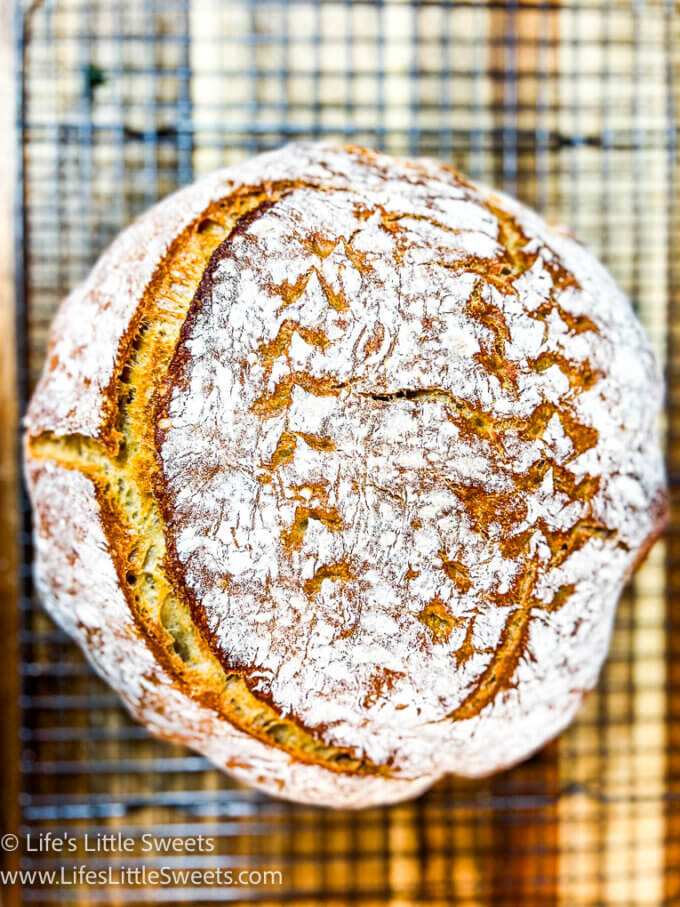
Hi Everyone, I love sourdough starter and sourdough recipes and I want to have a place to troubleshoot the issues that arise with sourdough starter right here on the blog.
One of the main things, I've noticed that's important with sourdough starter and using it in recipes, is the importance of using your senses to assess the state of your starter.
In my humble opinion, your five senses trump time every time. Time is important too, however, there are so many varying factors with this way of baking that you have to build experience over time to grow your expertise.
Though baking with yeast might not be as straightforward as many would like, having patience is key and knowing what to look (and smell) for in a healthy starter becomes instinct the more experience you have.
Being able to work through difficult problems is important and worthwhile because when you bake that perfect and delicious sourdough loaf or any other sourdough-related recipe, it is so very rewarding! You will be amazed at your growth and abilities as a baker, not to mention the nutritional benefits of eating sourdough bread and baked goods.
I believe that baking with sourdough starter is both an art and a science and being able to balance both those elements as you work through a recipe is important.
I hope you find this article informative and helpful. What are some issues that you've run into in your sourdough starter journey? Let us know in the comments below at the end of the post.
Here are some commonly searched topics related to troubleshooting sourdough starter:
These topics cover a range of common challenges people face when maintaining a sourdough starter and offer insights into how to troubleshoot and resolve them.
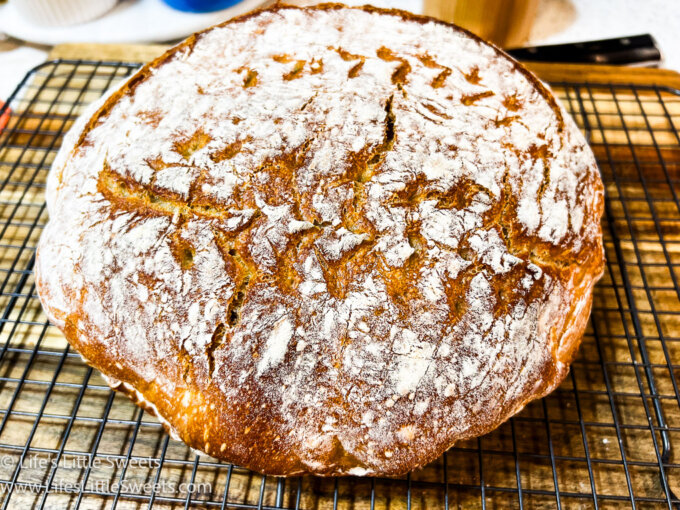
Each solution is a starting point, and sometimes a combination of these strategies might be necessary to address specific issues with sourdough starters.
Maintaining a sourdough starter doesn't require many specialized tools. Here are some common kitchen tools useful for this purpose:
These tools help simplify the process of maintaining a healthy and active sourdough starter, but many can be substituted with items commonly found in a kitchen.
Pineapple juice is sometimes used to kick-start or revive a sluggish or struggling sourdough starter because of its natural acidity. The acidity in pineapple juice creates an environment that helps to inhibit the growth of unwanted bacteria and encourages the growth of beneficial yeast and lactobacilli, the microbes essential for a healthy starter.
When a starter is struggling or seems inactive, using pineapple juice in one or two feedings can create conditions that favor the growth of the desired microorganisms. This acidic environment can jump-start the fermentation process and help rebalance the microbial population within the starter, potentially reviving it by giving the beneficial organisms a competitive advantage over harmful ones.
However, it's important to note that this method is a temporary adjustment and should not be continued indefinitely. Once the starter shows signs of activity and becomes more vigorous, it's advisable to return to regular feedings with flour and water, maintaining the starter in a stable and healthy state.
Similar to pineapple juice, lemon juice can also be used to add acidity to a sourdough starter and potentially aid in its revival. The acidic nature of lemon juice helps create an environment that is more favorable to the growth of lactic acid bacteria and wild yeast, which are crucial for a healthy sourdough culture.
When using lemon juice to revive a sourdough starter, it's typically added to the flour and water mixture during the feeding process. The acidity can help suppress the growth of unwanted microorganisms, giving the beneficial ones a better chance to thrive.
Here's a general guideline for using lemon juice:
Feed Ratio: Maintain the usual flour-to-water ratio for your feeding, but replace some or all of the water with lemon juice.
Observation: Keep a close eye on your starter's activity. If you notice improved fermentation and a more pleasant aroma after a feeding or two with lemon juice, you can gradually transition back to regular water and flour feedings.
As with any method, it's important to monitor the starter's behavior and adjust accordingly. Once the starter is active and shows consistent signs of fermentation, you can return to a standard feeding routine with water and flour.
Yes, using pineapple or lemon juice in small quantities during the revival process shouldn't significantly affect the taste of your sourdough starter once it's back to its active and healthy state.
During the revival process, the acidity from these juices helps create an environment that favors the growth of beneficial microbes. However, as you transition back to regular feedings with flour and water, the acidity from the juice is diluted and consumed by the microbial activity in the starter. This generally means that by the time the starter is active again and ready to be used in recipes, the residual taste from the juice is minimal, if present at all.
Ultimately, the influence of pineapple or lemon juice on the taste of your sourdough will be quite subtle and usually undetectable once the starter is back to its full activity. The flavors that primarily develop in your sourdough come from the flour, fermentation process, and the unique microbial culture in your starter, rather than the small amount of juice used for revival.
Yes, you can boost the activity of a sourdough starter by adding a small amount of commercial yeast, such as dry active yeast. This method can help speed up the fermentation process, especially if you need a faster rise or if your starter is sluggish.
While some purists might consider it a departure from the traditional sourdough process, it's not necessarily considered "cheating." Adding a small amount of commercial yeast to a sourdough starter can be seen as a practical solution to temporarily accelerate fermentation and give a boost to a starter that might be struggling or to speed up the rise in a particular recipe.
However, it's essential to note that using commercial yeast regularly in maintaining or feeding a sourdough starter might interfere with the development of its unique flavor profile over time. Additionally, relying solely on commercial yeast defeats the purpose of nurturing a natural wild yeast culture, which is one of the defining characteristics of sourdough bread.
If you do choose to use commercial yeast to boost a sourdough starter's activity, it's advisable to do so sparingly and as a temporary measure. The long-term goal should be to cultivate and maintain a healthy, active sourdough starter solely through regular feedings of flour and water, allowing the natural yeast and bacteria present in the environment to thrive and develop the distinct flavor profile of sourdough.
Your sourdough starter is more than a mix of flour and water—it's a living, breathing entity that thrives on care and attention. Navigating through the quirks and challenges of maintaining it is an enriching journey, shaping not just your bread but your understanding of fermentation and patience. Armed with insights into troubleshooting and armed with simple tools, your starter's success lies in your dedication. Embrace the unique rhythm of your starter, learn from its nuances, and relish the process as it transforms dough into delightful, flavorful creations. With these troubleshooting tips at your fingertips, embark on your sourdough adventure with confidence, creating loaves that tell a story of dedication and love.
This site uses Akismet to reduce spam. Learn how your comment data is processed.
Leave a Reply
You must be logged in to post a comment.